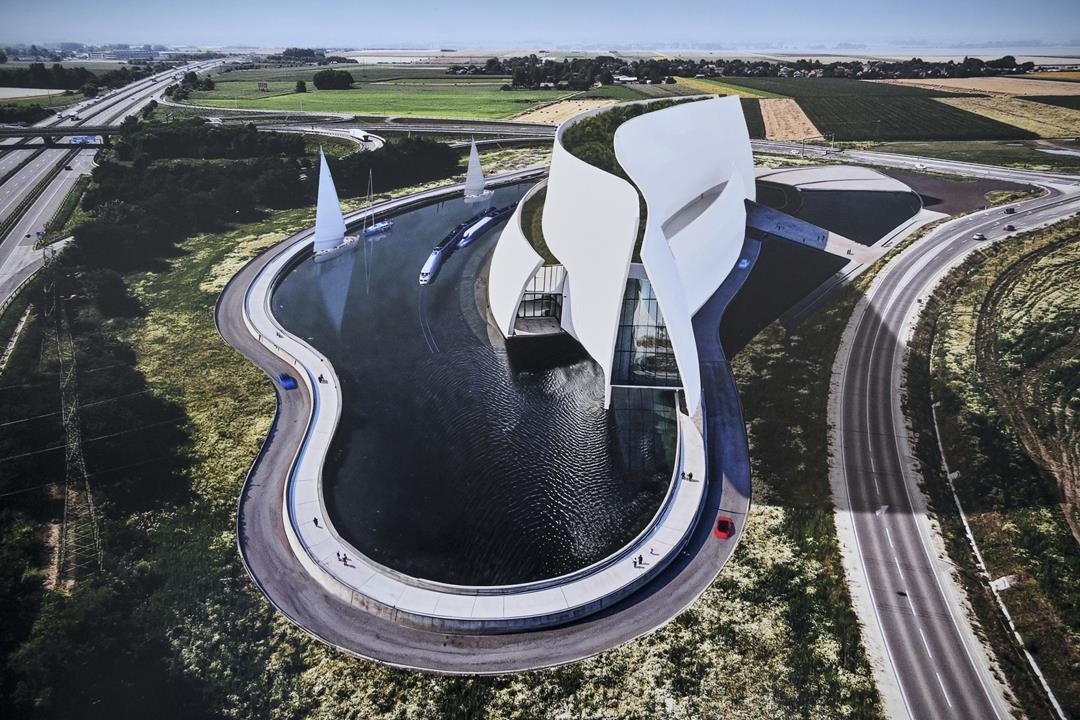VISUALS: Here’s how Hungary’s new Museum of Transportation may look

The government sees Debrecen as a “companion capital” and wants to continue to participate in the city’s development, Construction and Transportation Minister János Lázár said on Wednesday.
Speaking after a meeting of a working group established to coordinate economic developments in the city, Hungary’s second largest, Lázár said the government aimed to put Debrecen among Europe’s 30 biggest industrial hubs. The government has ploughed HUF 500bn into developments there so far, including HUF 300bn at a business zone in the northwest of the city, home to BMW’s new factory, and HUF 200bn at an industrial zone in the south, he added.
He said everything was in place to allow the start of vehicle production in the city in 2025.
New roads to be built
He said a bypass to the east of Debrecen would be completed by 2029, while a road running to the northeast of the city would be turned into a dual carriageway, and the rail line to Nyíregyháza, to the north, would be reconstructed in the framework of a HUF 320bn investment.
He added that private capital would be involved in the reconstruction of Debrecen’s main train station which would become home to a number of commercial businesses.
He said a HUF 150bn stretch of the M4 motorway, between Törökszentmiklós and Kisújszállás, would be completed by the end of 2025 or early 2026. Afterward, a stretch extending to Berettyóújfalu, connecting with the M35 motorway, will be built, he added.
Here’s how Hungary’s new Museum of Transportation may look
Lázár said the Natural History Museum and the Transportation Museum would move to Debrecen. He added that the Transportation Museum would be built on a site near the BMW factory and construction could start in 2026 or 2027.
1st Prize:
2nd Prize:
3rd Prize:
Mayor László Papp said infrastructure in the business zone in the northwest of the city was practically finished, while investments in the southern industrial park, home to battery manufacturing investments, were still needed. To complete those investments and ensure factories can start operating on time, development resources need to be secured for 2025 and 2026, he added.
Fielding questions, the mayor said greywater would account for two-thirds of the water used at the battery manufacturing facilities there, and surface water for the rest, in the interest of preserving the local groundwater supply.
Read also:
- Transforming Budapest: Pest quay to be renewed greener and more welcoming – read more and check out the visuals HERE
- New National Gallery’s construction starts in Budapest








